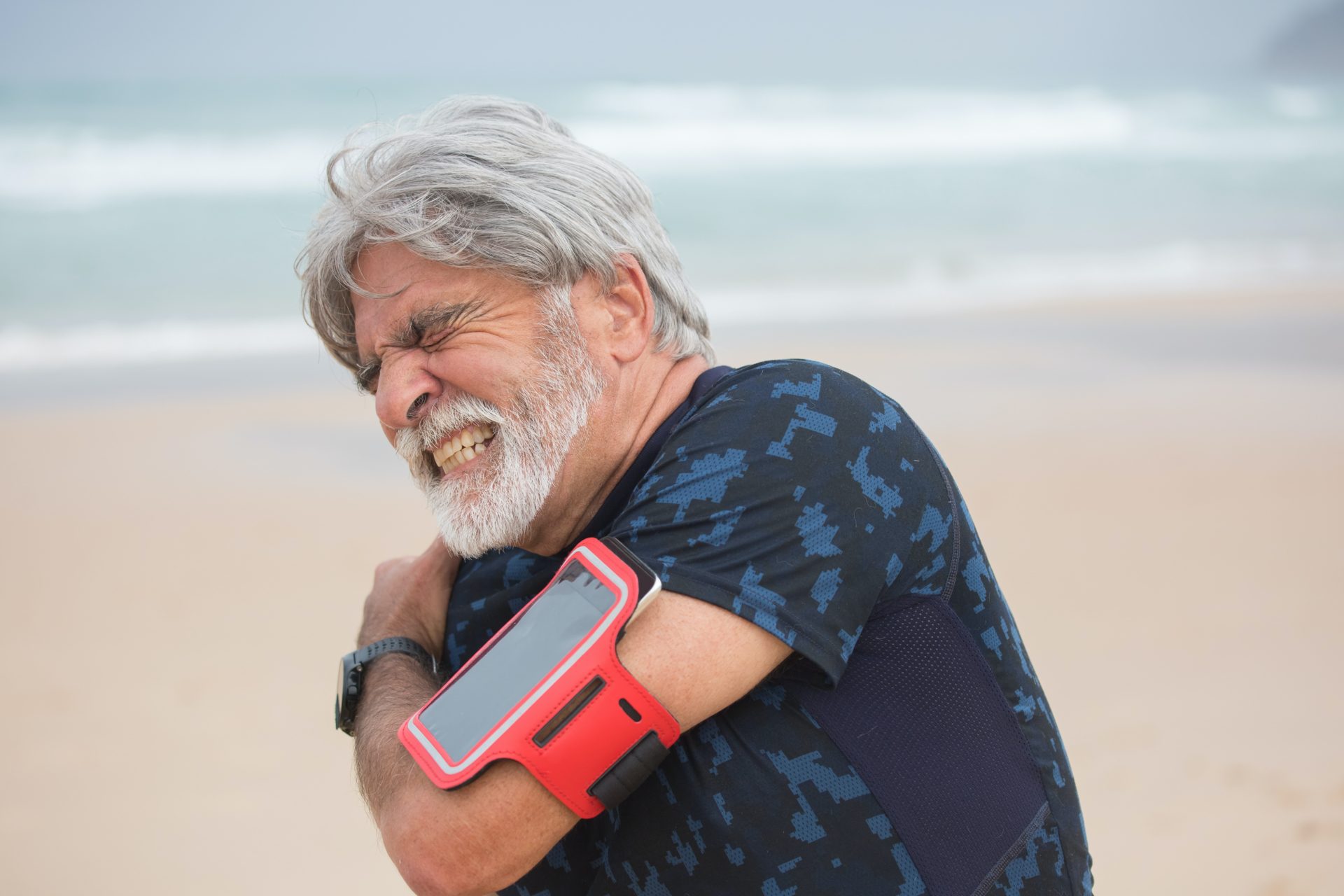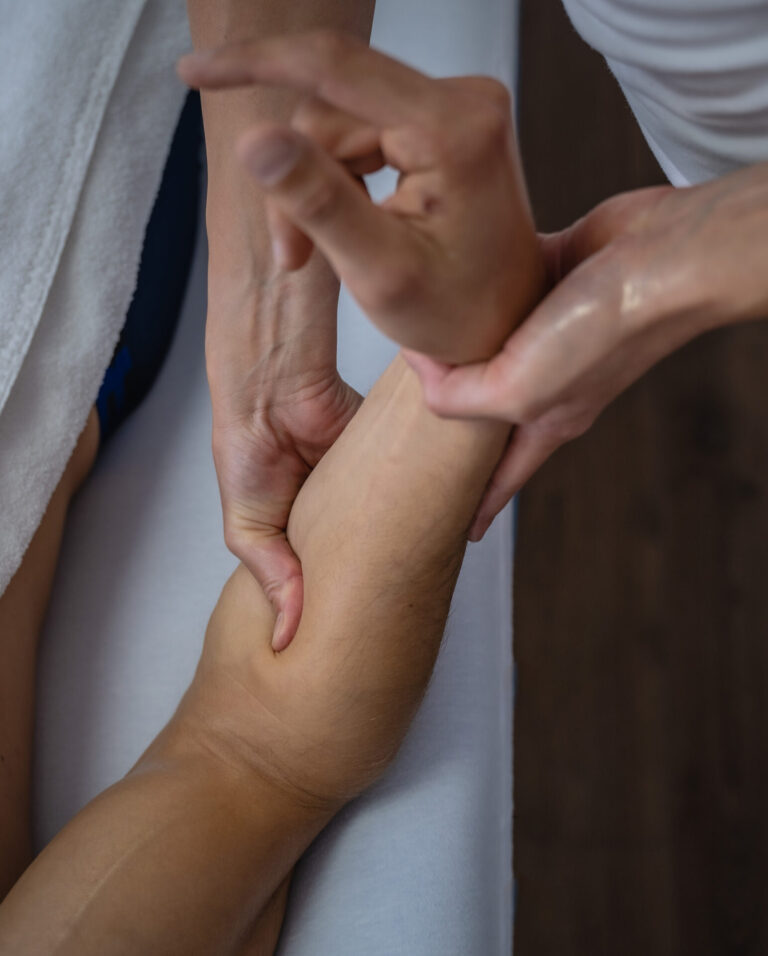I’ve been aiding the patients in Charlotte with various pains and musculoskeletal issues for over a decade. One problem that I very often see is shoulder pain, which is what I would like to delve into today.
Understanding the Shoulder & Possible Injuries
The shoulder is a complex structure comprising of several joints, muscles, and tendons. It offers a great deal of mobility to the arm, but this flexibility also makes it susceptible to injuries and discomfort. Let’s explore some common causes of shoulder pain in more detail:
Frozen Shoulder (Adhesive Capsulitis): This condition is characterized by stiffness and pain in your shoulder joint. The symptoms typically start gradually, worsen over time, and then finally begin to resolve, often taking one to three years. It usually occurs after a period of immobility, like after surgery or an arm fracture.
SLAP Tear: SLAP stands for Superior Labrum from Anterior to Posterior. It is an injury to the labrum of the shoulder, which is the ring of cartilage that surrounds the socket of the shoulder joint. Athletes who engage in sports with repetitive overhead motions, like baseball or tennis, are at a higher risk for SLAP tears.
Arthritis: Shoulder arthritis usually refers to wear and tear of the shoulder’s ball-and-socket joint. This damage can cause inflammation, pain, and limited range of motion. There are several types of arthritis, but the most common are osteoarthritis (age-related) and rheumatoid arthritis (an autoimmune disease).
Each of these conditions presents with a different set of symptoms. However, the common denominator is typically pain and impaired function. The intensity and location of the discomfort, along with specific movements that trigger it, can give clues to the underlying cause.
How I Use Active Release Technique for Shoulder Treatment
Now, let’s delve into one of the treatments I frequently use in my practice –Active Release Technique (ART).
ART is a patented, state-of-the-art soft tissue system/movement-based massage technique. It treats problems with muscles, tendons, ligaments, fascia, and nerves. I’ve been using it in my clinic to great effect for several years.
When a patient presents with shoulder pain, my approach always begins with a whole body assessment. We are complex organisms, and often the source of the pain is not where it is felt. For instance, a patient might come in with shoulder pain, but the root cause might be in their neck or back.
If you want to learn more about how I determine the source of pain in patients please check this page out!
Treating Frozen Shoulder
With conditions like frozen shoulder, ART can be extremely beneficial. It involves the combination of manipulation and movement, helping to break down scar tissue and restore normal function. Many of my patients have reported significant improvements in pain and mobility following a series of ART sessions.
Treating a SLAP Tear
In the case of a SLAP tear, while severe cases may require surgery, ART can be an excellent tool for rehabilitation. ART can help improve range of motion, decrease pain, and strengthen the shoulder muscles, helping speed up the recovery process after a surgical procedure. If no surgery is needed, ART is a great compliment to strengthening and rehab process.
Treating Shoulder Arthritis
When dealing with arthritis, the goal is to reduce inflammation and discomfort and improve the shoulder’s range of motion. ART can help improve circulation to the joint, reducing inflammation and encouraging healing.
Conclusion
But it’s essential to remember that every patient is unique. What works best is an individualized treatment plan, which may include other modalities such as cupping or dry needle therapy in addition to ART.
So, if you’re suffering from shoulder pain, don’t hesitate to seek professional help. Early intervention can significantly improve your prognosis and help you get back to your normal activities without pain. At my clinic in Charlotte, I’m committed to finding the root cause of your pain and helping you recover using comprehensive, one-on-one rehabilitation strategies, including ART. Your health is my priority.
Remember, you don’t have to live with the pain. Reach out, and let’s start your journey to recovery today.





